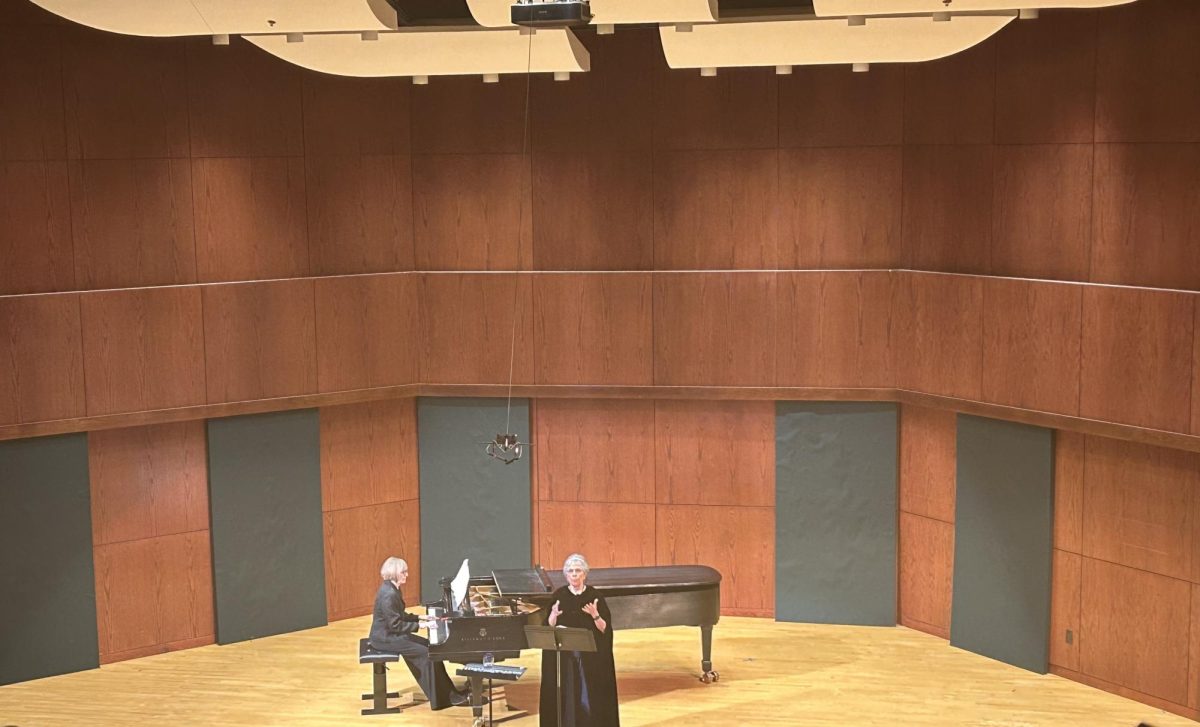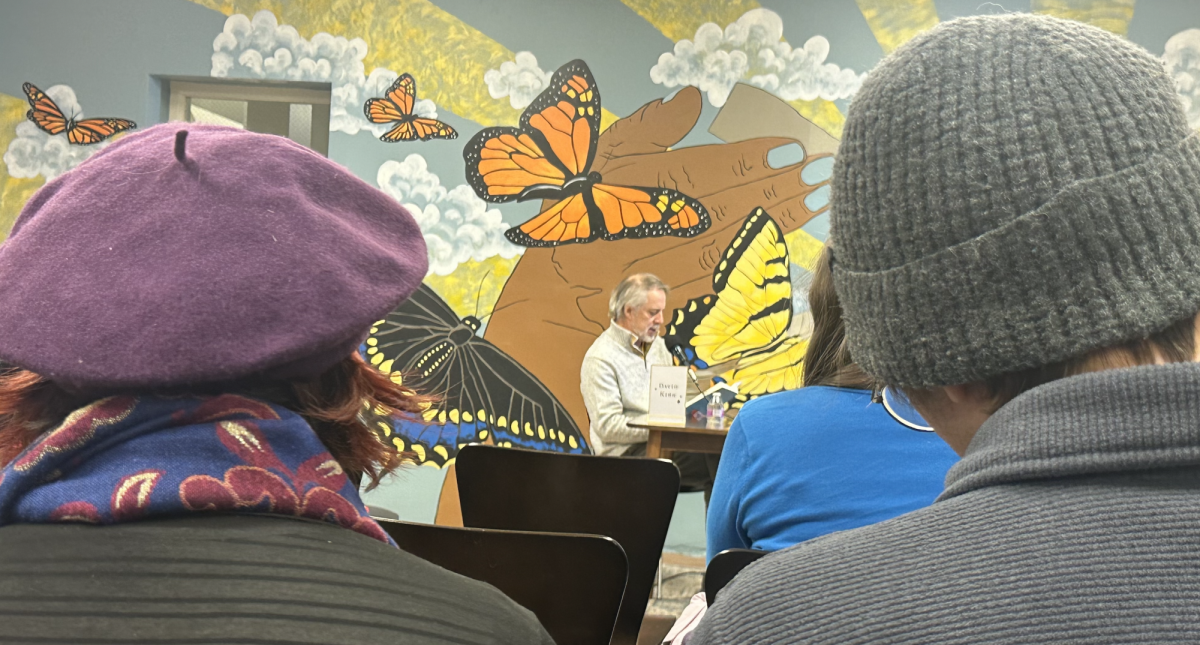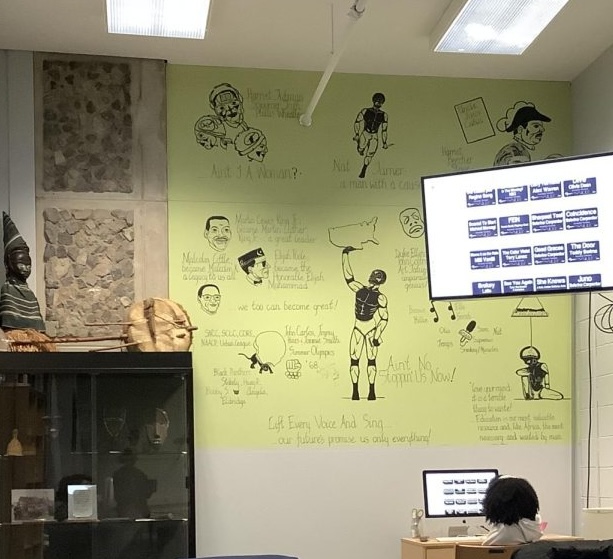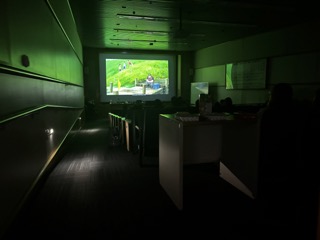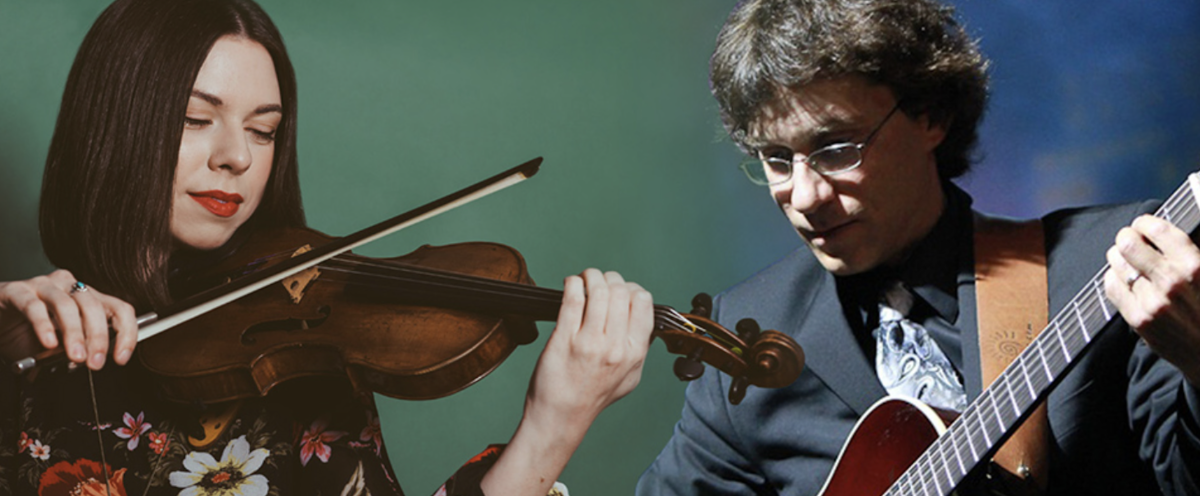
Wednesday nights at Ithaca’s Agava restaurant are reserved for two things: Five-dollar margaritas and salsa dancing.
Each week, the restaurant clears its tables and opens up the dance floor. Starting at 10 p.m., Ithacans can enjoy a 30-minute dance class taught by Michael Ristorucci, a local dance instructor and community organizer.
Ristorucci has been producing Agava’s salsa night since March 2013, but he has been producing Latin events in the Ithaca area for almost ten years.

“I produce these events, I produce Latin events, and I teach the dance forms,” he said. “[I teach] Latin social dance. There are dozens of Latin social dances, but I teach ones that are more Caribbean like salsa, bachata, cha cha cha and salsa.”
He went on to explain that the social events are just some of the many events that are produced each month in Ithaca’s Latino community.
“How this stuff came about – it was a vision of integrating music and sustainability work and social change work,” he said. “It was an idea of holistic living.”
These events also serve to unite a diverse Latino community in Ithaca. For example, this week Agava emphasized Dominican and Puerto Rican culture and dance as a feature of Latino Heritage Month.
Latino Heritage Month, sometimes called National Hispanic Heritage Month, has existed in the United States in 1968. The month spans from Sept. 15 to Oct. 15. According to the Augusta University website, Sept. 15 was chosen as the month’s beginning because of its historical significance.
“Sept. 15 was chosen as the starting point for the celebration of Hispanic Heritage Month because it is the anniversary of independence of five Latin American countries: Costa Rica, El Salvador, Guatemala, Honduras and Nicaragua,” the website reads.
The month is unique because of how it places value of the connections between the complex Latino community, highlighted in the official National Hispanic Heritage Month description: “The term Hispanic or Latino, refers to Puerto Rican, South or Central American, or other Spanish culture or origin regardless of race.”
The concept of a unified Latino community reaches into academia as well. Ella Maria Diaz, an assistant professor in both the English department and the Latino Studies department at Cornell University, emphasized how dance and music can serve as symbols of connection.
“Chicanidad, Latinidad, Mexicanidad… these are terms to talk about a cultural sensibility, a concept of what connects very diverse, very unique groups,” Diaz explained. “What connects them in sort of a shared set of symbols, of signs, of traditions.”
Max Sarmiento feels that connection when he comes to salsa nights, usually three times each month. Sarmiento is an Ithaca College senior of Ecuadorian nationality who associates the energy of salsa night with that of his family.
“The music in salsa night, it brings back memories of these moments,” he said. “But also the people, the dancing the movements and just the general aura you get from being inside Agava with all these Latinos and also all these other people from other countries and ethnicities — it kind of like meshes together, and it just creates this familiar vibe I used to get with my family.”
Ristorucci agreed.
“It gives the Latino population and the people who like to be around the Latino population and enjoy Latino culture a space to enjoy that music and to find other people that speak Spanish,” he said. “Latinos are a broad and diverse concept. So I guess what unites Latinos of different nationalities… A lot of the music is universal.”
Diaz echoed Ristorucci’s sentiments, emphasizing the concept of “performing Latinidad.”
“You may be from different countries, you may be from the United States and you also may be from different stations in life… And so you all together dancing to salsa, you all are there performing Latinidad,” she said.

And that feeling of unity, filled with movement and energy, is what makes Agava’s Salsa Night most valuable of all.



